

When our son was diagnosed with Autism at the age of 6, a lot of things began to click for us about his behavior and development over the years.
From day one, there were a lot of red flags in all seven sensory domains. Overall, he was a more sensitive baby. He struggled with breastfeeding, constipation, colic, sleep, startled easily, had extreme separation anxiety, was delayed in most developmental skills, was sensitive to lights and sounds…you get the picture.
Even before his official autism diagnosis, our son underwent various therapies related to sensory processing issues including physiotherapy, occupational therapy, and speech therapy.
While these therapies did help with developing some of his lagging skills, our insurance always ran out before we could see any real improvement in his behavior and emotional regulation…so often we just gave up on the ability for any of these therapies to really benefit him.
It was when our son turned 5 that we really began to hit some walls. His behavior was out of control. We were at a loss as to how to help our son.
As we began to research more, we stumbled across the idea of a DIY sensory diet that parents could design at home. Without health insurance and limited funds to cover the soaring cost of therapies, the idea that we could provide some therapy at home gave us hope.
We started looking at areas our son was avoiding certain sensory situations (hated swings, couldn’t ride a bike, avoided crowds) and was seeking out additional sensory stimulation in other areas (craved being tickled, physical touch, weighted blankets, bouncing, fidgeting).
As soon as we realized our son didn’t just love to be tickled and play chase…but that he actually needed these types of activities to be able to regulate his brain…it was like a light-bulb went off…for us and for him!
Our son has a combination of underreactive and overreactive sensory processing, depending on the environment and several other factors. Being able to create an individualized sensory diet that caters to his unique situation has made a world of difference in helping him to regulate his ability to stay calm, remain focused, and regulate his overall behavior.
Read on to learn all about what a sensory diet is, how it can benefit your child with learning, focus, behavior, and emotional regulation, and how to discover which activities should be part of your child’s individual sensory diet.
What is a Sensory Diet?

A sensory diet is an individually designed “menu” of physical activities and accommodations to provide a level of stimulation that is uniquely tailored to each child.
The goal is to find a “just right” level of sensory input for each individual child for each of the seven sensory domains (auditory, visual, tactile, gustatory, olfactory, proprioceptive, and vestibular).
A sensory diet can be created by a specialist such as an Occupational Therapist, or can be designed by parents.
Once you have created your child’s sensory diet menu, you can choose different activities to create a routine that your child repeats throughout the day, OR you can use their sensory diet menu to create individual “meals” depending on what your child is craving from a sensory perspective.
If you are brand new to sensory issues or just want a bit more info, you can check out this post on making sense of sensory issues in kids.
Who Can Benefit from a Sensory Diet?
Many children with mental or physical disabilities have irregular responses to sensory input, and sensory processing issues often go hand in hand with emotional regulation and behavioral problems.
A sensory diet is especially helpful for children with sensory processing disorder, autism, ADHD, learning disabilities, and any child who struggles with regulating emotions, behavior, or responses to sensory stimuli.
Some children are overreactive, quickly becoming overwhelmed and hyperactive in response to sensory stimulation. Other children are underreactive and seek out sensory stimulation in order to regulate their brains and function.
Some children (like my son) have a combination of these two reactions, and require different activities or accommodations depending on their needs.

How a Sensory Diet Improves Learning, Focus, Behavior, and Emotional Regulation
Children with sensory processing issues have difficulty with organizing input the brain receives from the various senses.
This underlying neurological dysfunction impacts the child’s ability to regulate many areas including basic functions (eating, sleeping, elimination), learning (memory and comprehension), focus (sitting still and paying attention), behavior, and emotional regulation.
A sensory diet of activities and accommodations improves all of these areas by targeting the underlying dysfunction in the brain rather than just focusing on individual symptoms.
For example, sensory therapy can benefit children with learning disabilities by enhancing the brain’s ability to learn rather than teaching specific skills.
As the brain begins to develop the ability to properly regulate sensory input, children naturally begin to pay attention in school, remember, learn new skills, and regulate their emotions.
The brain of a child with sensory processing issues is like a thermostat that either always makes the room too hot or too cold. Sensory seeking and sensory avoiding behaviors are the brains way of trying to regulate the “temperature.”
A sensory diet helps to regulate the thermostat (brain) to find a temperature that is just right for that child.
How to Create an Individualized Sensory Diet for Your Child

When you are creating your child’s individual sensory “menu,” you first need to observe whether your child is exhibiting sensory seeking behaviors, or sensory avoiding behaviors.
Examples of Sensory Seeking Behaviors Include:
- Prefers sour or spicy foods
- Overly aggressive with physical touch
- Loves to roughhouse, tickle, chase
- Constantly moving, spinning, on the go
- Hates routine
- Touches everything
- Climbs everything
- Puts everything in their mouth
- Loves loud noise, bright lights, crowded places
- Trouble sleeping
Examples of Sensory Avoiding Behaviors Include:
- Dislikes loud noises, large crowds, public places
- Dislikes bright lights, prefers complete darkness for sleep
- Prefers quiet activities
- Likes to be alone or play 1:1
- Low threshold for pain
- Is bothered by clothing tags, itchy material, certain textures
- Is a picky eater
- Doesn’t like to be hugged or touched
- Prefers routine and is bothered by any change in routine
If your child consistently is seeking out sensory stimulation by being overly aggressive with hugs and touch, then part of their sensory diet might include a weighted blanket or vest.
If your child tends to shut down in response to loud noises, some quiet time with noise cancelling headphones or gentle music may be part of their sensory diet.

Once you have identified your child’s sensory needs in each domain, you can create a sensory diet routine.
This is a routine of activities your child performs for about 5-10 minutes, 2-3 times throughout the day.
Another option for children who may show both sensory seeking and sensory avoiding behaviors depending on the circumstances, creating a sensory menu that allows them (or you) to choose from may be a better choice.
Whether you choose a set sensory diet routine or a sensory diet menu, it is important to re-evaluate your child’s response from time to time and adapt their sensory diet.
You may find that certain activities are no longer working and replace them with new ones, or your child may no longer require sensory activities in all domains over time.
Be sure to include your child’s other caregivers at home, daycare, and school so their sensory diet can be part of their day anywhere they go.
Another great way to incorporate sensory activities into your child’s sensory diet is with a sensory scavenger hunt. You can create sensory scavenger hunts for each season to incorporate fun, outdoor activities into your child’s sensory diet. Check out this post to grab your free printable sensory scavenger hunts for each season.
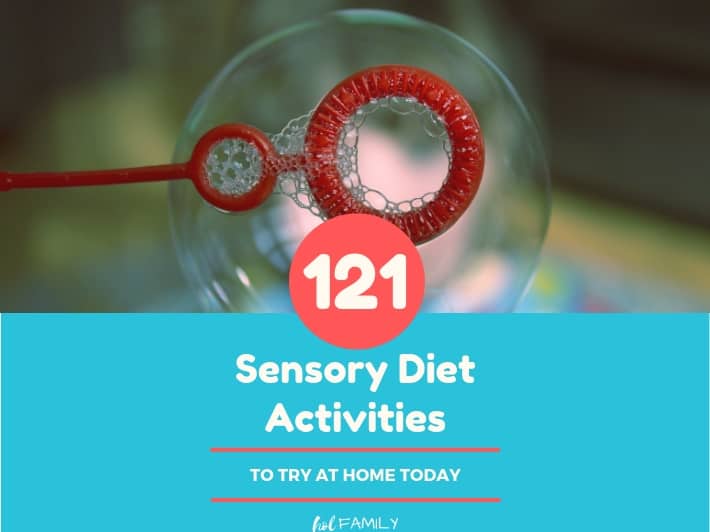
121 Sensory Diet Activities:
Tactile (touch):
- Play with playdough
- Massage lotion onto hands or skin
- Play with kinetic sand
- Play with foam
- Play with slime
- Build sandcastles
- Play with a water table
- Make dough (cookie, bread, pizza)
- Brush teeth with a vibrating toothbrush
- Squeeze a stress ball
- Play with silly putty
- Finger paint
- Pretend to shave with shaving cream
- Give or receive a massage
- Tickle or be tickled
Proprioceptive (self-movement, body position, body awareness):
- Jump on a trampoline
- Roll on a therapy ball
- Wear a body sock
- Practice yoga
- Do “heavy work”:
- Move furniture
- Move a wood pile
- Rearrange books or toys
- Take out the trash
- Push a shopping cart (real or toy)
- Push a stroller
- Carry groceries
- Push a vacuum
- Carry laundry basket
- Do yoga
- Shovel snow
- Build a snowman
- Rake leaves
- Knead dough
- Mop, Sweep, Dust
- Use a therapy ball
- Use a weighted blanket
- Carry a weighted teddy bear
Vestibular (movement, balance, spatial orientation)
- Do this animal moves workout for kids
- Move your body: run, jump, march, dance, walk
- Climb stairs
- Ride a bike, scooter, or roller-blade
- Ice-skate
- Go sledding
- Ride a merry-go-round
- Roll down a hill
- Do somersaults
- Do push-ups
- Do jumping jacks
- Play catch
- Kick a ball
- Swing a bat
- Throw a ball
- Play “Simon Says”
- Make snow angels
- Swing
- Play hop-scotch
- Jump with a skipping rope
- Climb and slide on playground
- Bounce on therapy ball
- Walk on a balance beam
- Practice gymnastics
- Dance
Oral motor (gustatory)
- Chew on gummy snacks
- Chew gum
- Blow bubbles
- Drink from a straw
- Eat crunchy foods
- Suck on a hard candy or lollipop
- Blow a whistle
- Play an instrument that uses the mouth like a harmonica or wind instrument
- Use chew beads or other chewelry
- Apply lip balm
- Eat something sour or drink lemonade
- Brush teeth with a vibrating toothbrush
- Lick a popsicle
- Suck on frozen fruit
- Lick a stamp
- Use mouthwash
- Use an oil pulling tab for kids
- Eat something frozen like homemade icecream
- Practice vowel sounds (A-E-I-O-U)
- Sing
- Yawn
Visual
- Wear sunglasses or hat
- Use calming sensory bottles
- Read a social story
- Use story stones
- Lower or brighten lights
- Read a book
- Look at pictures
- Watch television
- Do a crossword
- Solve a puzzle
- Color
- Paint
- Draw
- Use a visual timer
- Use room-darkening blinds
- Use a nightlight
Auditory
- Listen to music
- Listen to a podcast
- Listen to a book on tape
- Bang on pots and pans
- Play an instrument
- Wear noise cancelling headphones
- Use a white noise machine
- Listen to nature sounds
- Play “guess that sound”
- Have ten minutes of silence
Olfactory (smell)
- Use essential oils
- Bake something
- Go on a smelling scavenger hunt (smell a flower, smell a tree, etc)
- Play a guess that smell game
- Scratch and sniff stickers
- Smelly markers
- Scented playdough
- Practice deep breathing
Grab your FREE Printable of these 121 Sensory Diet Activities


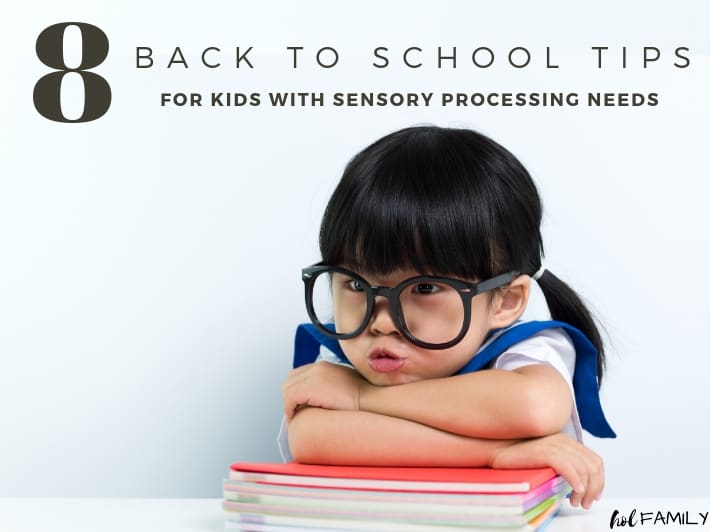
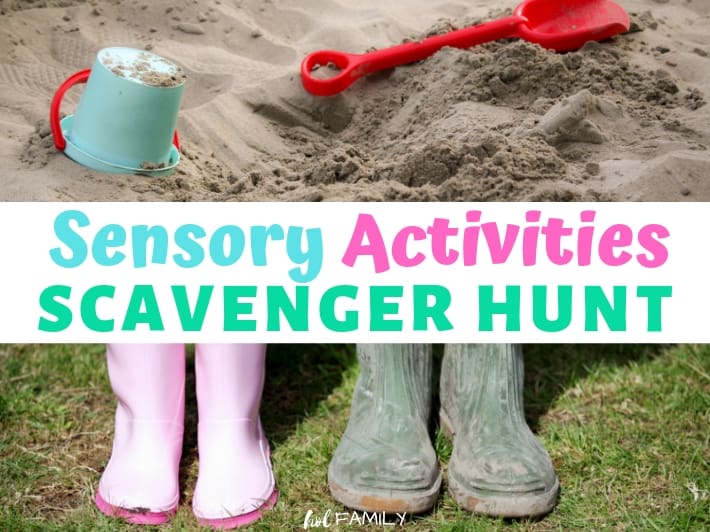
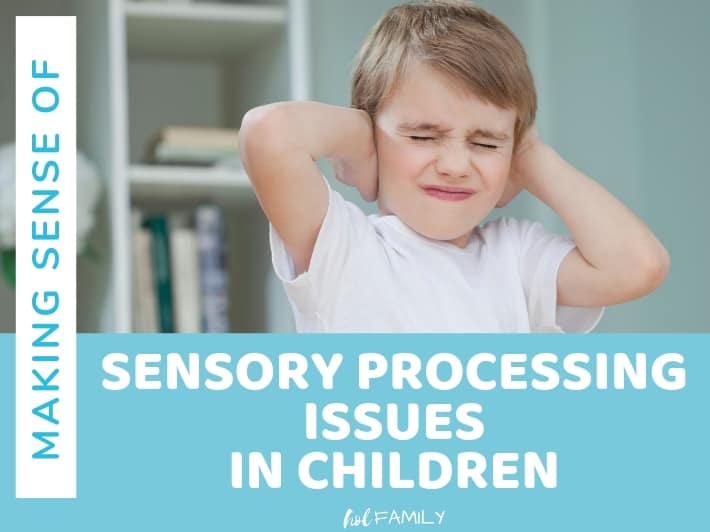
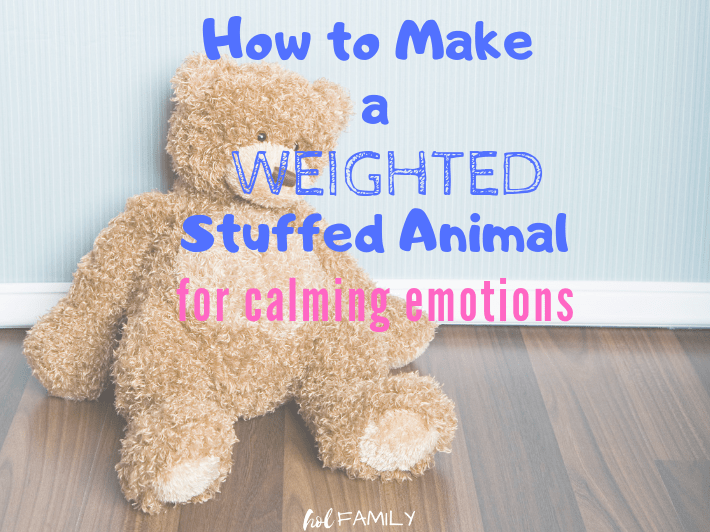
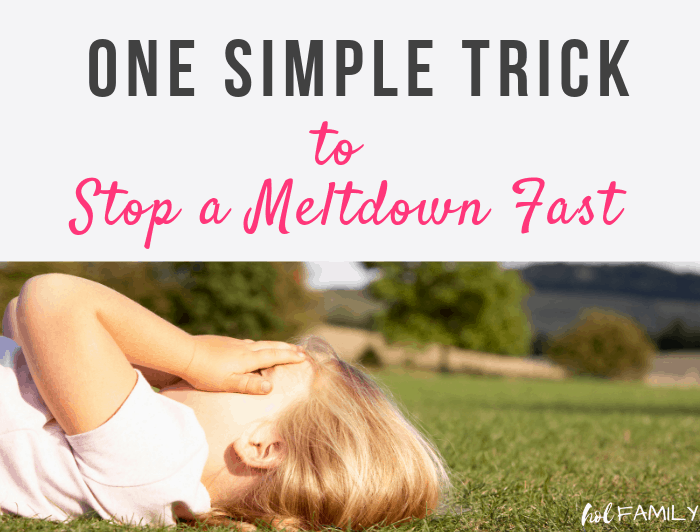

4 thoughts on “How to Create a Sensory Diet for Kids”
My daughter has sensory processing disorder and this post does such a great job of explaining the sensory diet! It is really helpful!
Hi Jessica, I am so glad that you found this post helpful for your daughter! Thanks so much for reading!
This is just what I was looking for i’m making two copy’s one for me and one for school. We been having so many issues lately . I hoping this helps relax him at school.
So glad that you’re finding it helpful! Teachers love having extra tools to help them navigate our little people too, so that is a great idea!